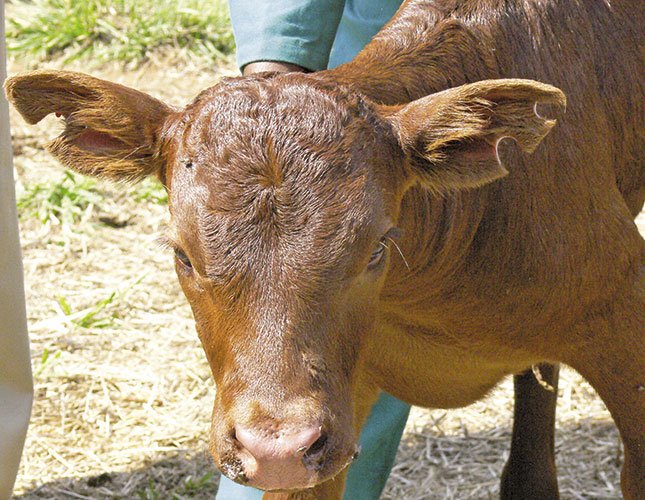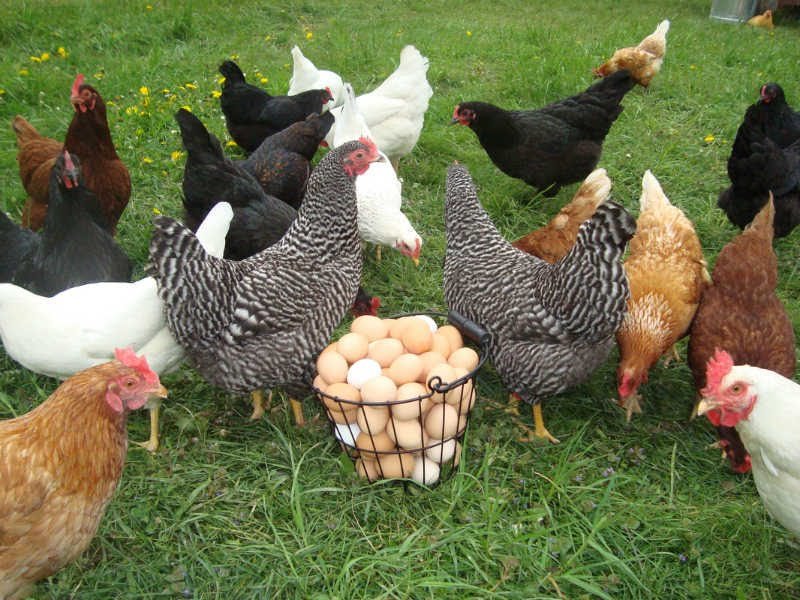5 methods to identify animals on your farm

Animal identification benefits farmers in many ways. For example, animals that have some sort of identification tags can be easily traced if stolen from a farm. It is also an effective tool in record keeping because it is almost impossible to have accurate data of farm animals without an established identification system. Moreover, this system is vital in controlling disease in case of an outbreak because it makes tracing of infected herds easy. And in this article, AgriGrind highlights five methods to identify farm animals.

Ear-tagging
Ear tags have letters or numbers engraved on them. They can be used on cattle, pigs, sheep, goats, and rabbits. Tags are inserted within one-third of the way out from the base of the animal’s ear and the upper edge of the animal’s ear with the number at the top.

Ear-tattooing
This method works well on animals with light-colored ears like cattle, sheep, goats, and rabbits. The process involves catching and cleaning the inside of the animal and punching small holes in a form of letters or numbers on the inside of the animal’s ear. One must fill the holes with tattoo ink after punching. Conventional marking starts with “001 to 999”.

Number-tagging
Number tagging works best for chicken, goat, sheep, rabbit, donkey, and cattle. It involves fastening tags to the neck of each farm animal. However, one disadvantage of number tagging is that tags may get lost.

Branding
It can be done when the animals very young animals or before animals are weaned. It requires one to gentle press heated number or symbol on the animal’s body. It causes partial burning of the animal’s skin tissue but leaves a lasting scar that shows the number or symbol. This method is used for animals like cattle, sheep, goats, donkeys, and rabbits.






